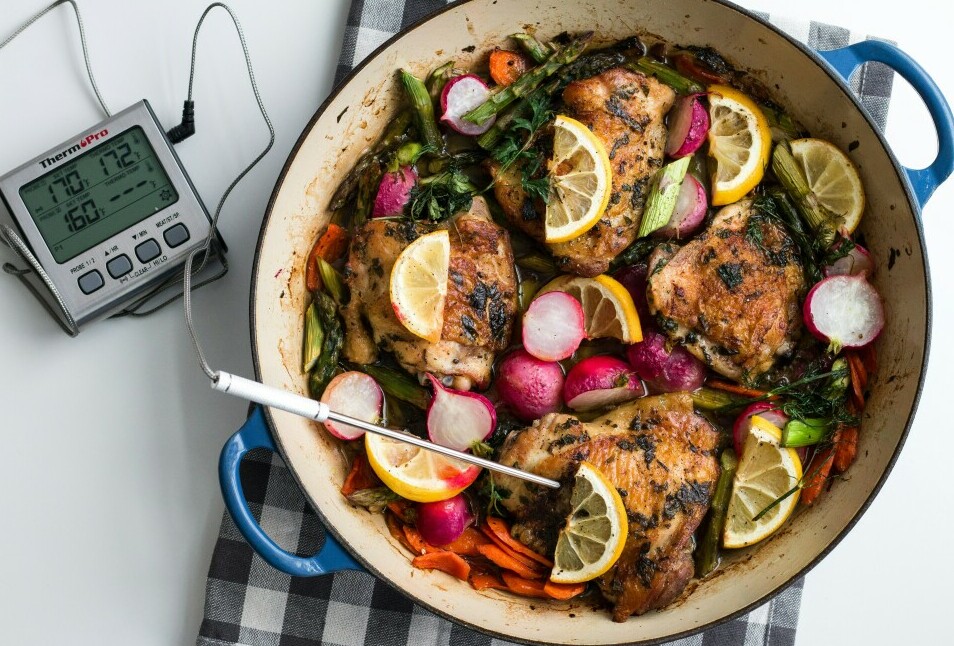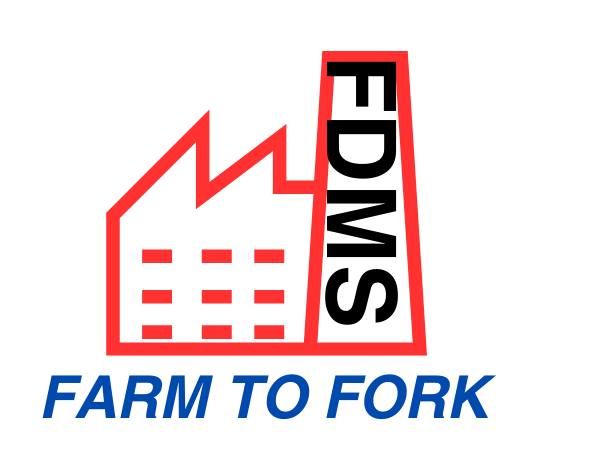I understand that food safety isn’t merely a topic for those in white coats and industrial kitchens. It’s crucial for all of us because, at some point, we handle, prepare, and consume food. Let’s establish this from the start: food safety and hygiene directly impact our health. When these are overlooked, the risk of food-borne illnesses rises, potentially leading to uncomfortable, if not dangerous, health issues.
Now, think of food hygiene as a preventative health measure. It encompasses everything from washing fruits and vegetables to properly storing leftovers. Awareness and knowledge in this area are vital; they equip you with the tools to prevent the spread of illnesses like Salmonella or E. coli. It’s not exaggerating to say that some basic knowledge and care in food handling can be lifesaving.
Education plays a crucial role here. I can’t stress enough how knowing these practices and why they matter benefits everyone. Educational initiatives can significantly reduce food-borne diseases, and simple steps integrated into everyday habits can maintain the health and well-being of entire communities.
With the fundamentals of food hygiene clear, we can move to discuss the core principles of safe food handling in the next section. These guidelines will be your playbook for keeping food safe from the store to the table, which is vital in creating a safe eating environment, whether you’re a home cook or a professional chef.
Core Principles of Safe Food Handling
Food safety isn’t just a buzzword; it’s a straightforward set of actions that when followed, keep you and your loved ones from harm’s way. These actions are encapsulated in four key steps: Clean, Separate, Cook, and Chill. By understanding and implementing these, you turn the tide against the risk of food-borne illnesses.
CLEAN goes beyond just washing your hands. It encompasses everything from scrubbing surfaces and utensils to ensuring fruits and vegetables are properly rinsed. But why stop there? Regularly cleaning appliances, like your refrigerator, also makes a big difference. REMEMBER: Invisible bacteria can live on these surfaces, so diligence is paramount.
Next is SEPARATE. This step is simple but vital: keep raw meat, poultry, and seafood away from ready-to-eat foods. This avoids cross-contamination, a sneaky pathway by which bacteria can transfer from one food item to another, wreaking havoc along the way.
The COOK step is about hitting the right temperatures. Undercooked foods can be dangerous, so knowing and using recommended internal temperatures is a must. A reliable food thermometer isn’t just a tool, it’s your best ally to ensure food is safe to eat.
Lastly, CHILL, because bacteria multiply quickest in the ‘danger zone’ between 40°F and 140°F. Refrigerating perishable foods promptly and thawing foods correctly are habits worth cultivating. Neglecting this can lead to unwanted bacterial growth, and nobody wants that.
Food safety at home isn’t rocket science. It’s a series of responsible, easy-to-follow steps that safeguard your health. With a trusty food thermometer, some good cleaning habits, and a little bit of knowledge on proper food storage, you’ve already won half the battle against food-borne diseases.
Personal Hygiene: The First Line of Defence in Food Safety
You’ve probably been reminded countless times about washing your hands. But when it comes to food safety, this action takes on a much greater significance. Hand-washing isn’t just a good habit; it’s a critical line of defence against the spread of bacteria and viruses.
I’ll break down the technique that maximises cleanliness. Warm water, soap, and a thorough scrub between fingers, under nails, and up to wrists for at least 20 seconds. Singing ‘Happy Birthday’ twice can help you time it. This isn’t just something to do before a meal; hand-washing should be done before touching any food, after handling raw meat, and upon switching from cleaning to cooking.

My health and that of anyone who eats what I prepare is my responsibility. That means if I’m not feeling well, especially if I have gastrointestinal issues, I stay out of the kitchen. Personal health surveillance is the responsibility not just of food service workers but also of anyone handling food.
Besides, outfits speak volumes in maintaining hygiene. Gloves can protect food from direct contact with my skin, and a clean apron can shield my clothes from becoming a vehicle for pathogens. Wearing a hat or hair restraint further secures food from stray hair.
What you consider mundane – the simple acts of hand-washing, avoiding food prep while ill – protects countless people from potential food-borne illnesses. Good personal hygiene champions safe food handling, making it easier to implement comprehensive food safety in the following settings, which I will elaborate on in the next section.
Implementing Food Safety in Various Settings
Food safety isn’t a one-size-fits-all solution; the practices vary widely depending on the setting. In a professional kitchen, rules tend to be stringent with regular inspections ensuring compliance. Here, food handlers might undergo rigorous training and even certification programs. Key points often covered in such training include proper food storage, avoiding cross-contamination, and precise cooking methods.
In contrast, in our home kitchens, while we may not face the same level of rules, the principles of food safety remain just as important. Here, creating a personal routine that incorporates the basic tenets of food hygiene can make all the difference. It could be as simple as using a food thermometer when cooking meats, or making a habit of immediately refrigerating perishable goods after use.

In both scenarios, the role of external bodies is critical. Governments and food safety authorities play a substantial role by setting regulations and guiding foodservice providers through the maze of effective food safety management. They often provide resources that can be invaluable for education and adherence to best practices. Moreover, routine inspections enforce standards and help to maintain a culture of safety.
An interesting aspect to consider is that these practices aren’t static. The food industry is dynamic, and policies must evolve alongside new research findings, technology developments, and consumer behaviour trends. Staying informed and adaptable is KEY to ensuring ongoing food safety in any environment.
Innovations and Future Prospects in Food Safety and Hygiene
As I explore the advancements in food safety and hygiene, it’s clear that technology plays a pivotal role. Innovations like blockchain for traceability ensure an ingredient’s journey from farm to fork is transparent. This isn’t just impressive; it’s transformative in preventing outbreaks of food-borne diseases by pinpointing issues swiftly.
On the sustainability front, eco-friendly packaging and reduced food waste are not just buzzwords; they’re essential practices that contribute to a safer food supply. Packaging materials that extend shelf-life while being biodegradable marry hygiene with environmental responsibility.
Education is the keystone in this arch of progress. Upcoming campaigns are increasingly interactive and data-driven, designed to resonate across demographics. They aim to engrain food safety practices not as chores but as habitual actions for the well-being of all.
In conclusion, the horizon for food safety and hygiene is expanding with new technologies, sustainable methods, and educational initiatives. It’s not just about the present but setting a stage for a future where food-related health risks diminish and collective health flourishes. Embracing changes in this sector is critical for health authorities, businesses, and individuals alike. After all, safe food is more than a standard, it’s a commitment to our collective health and wellbeing. For more discussions, contact us.

